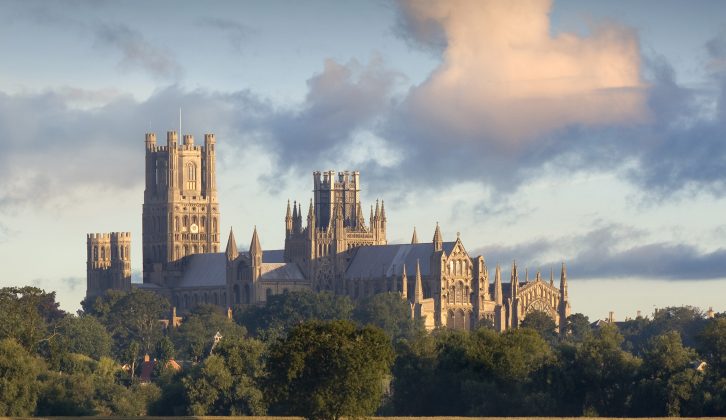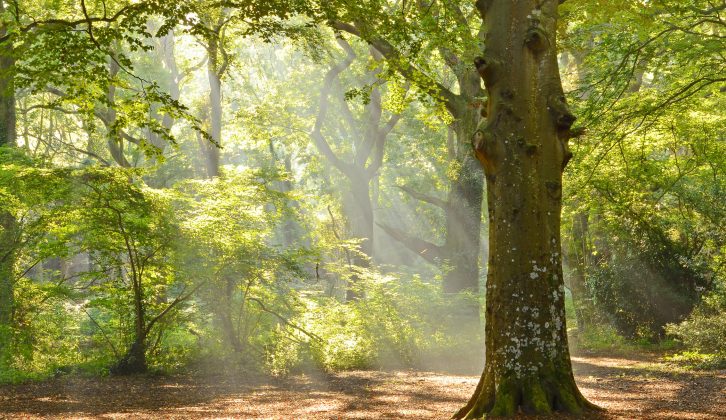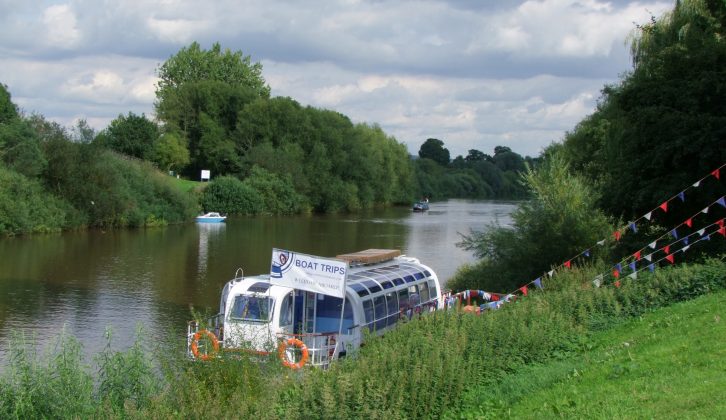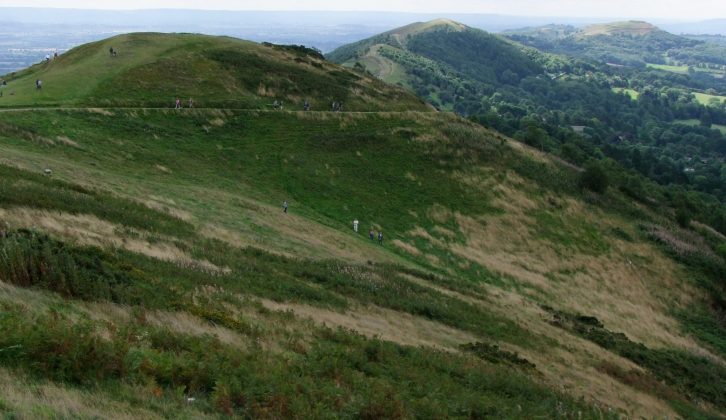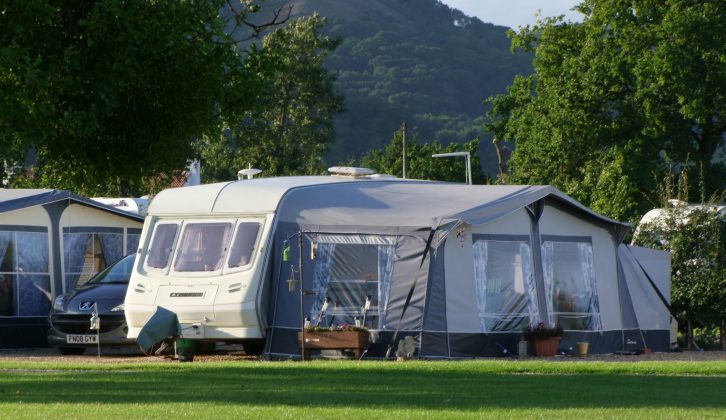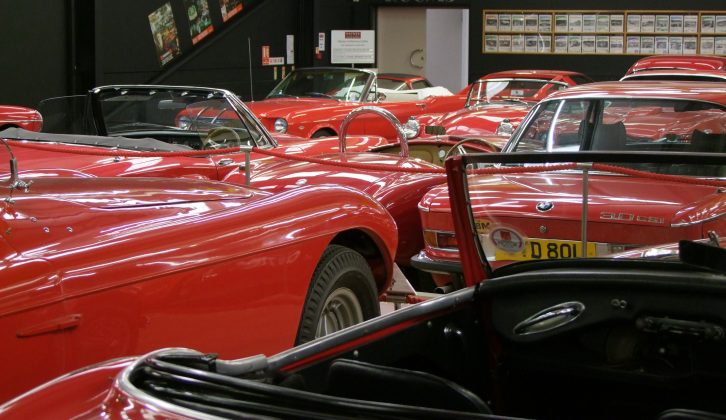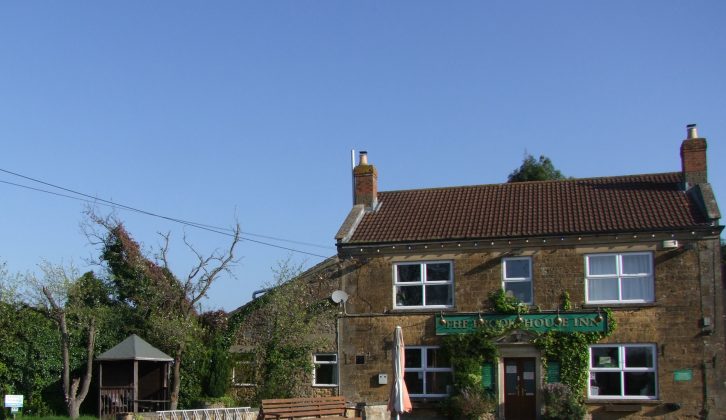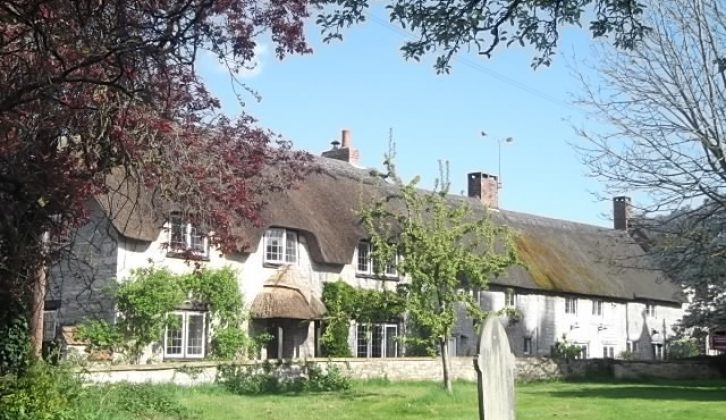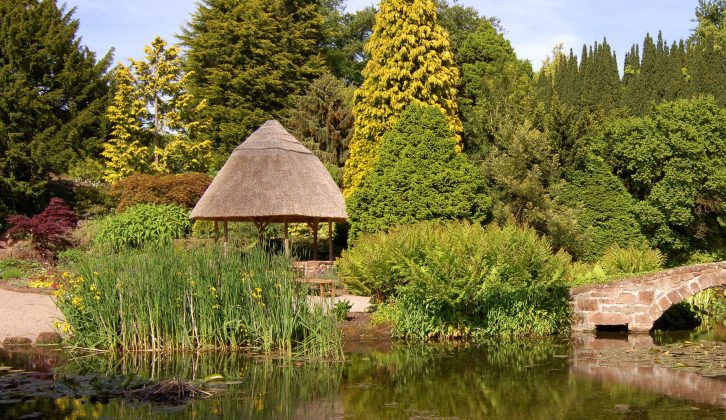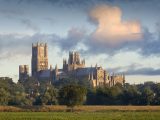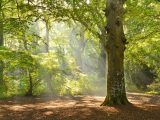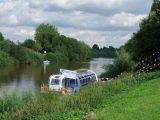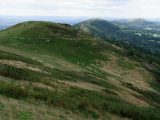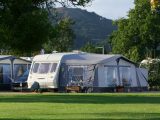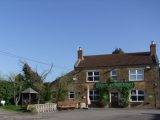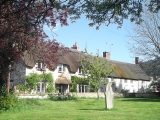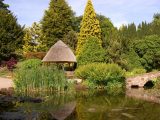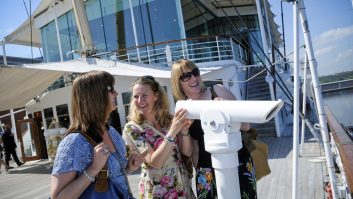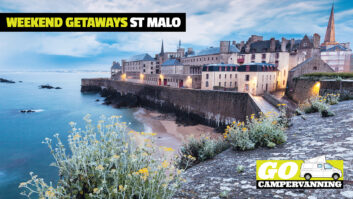The summer of 2016 will go down in history because Her Majesty Queen Elizabeth II celebrates her 90th birthday. She is the first British reigning monarch ever to do so and we’ve decided to celebrate by touring six of Britain’s hidden places linked to the ‘Queen’.
Some people will remain glued to their TV sets as the birthday events unfold. Royal family celebrations took place on the Queen’s real birthday, 21 April.
But the big public show is about to start. This year from 12 to 15 May, the Queen’s 90th Birthday Celebration will be broadcast in Britain and worldwide.
The Queen always has an official birthday, so on 10 June there will also be a Service of Thanksgiving at St Paul’s Cathedral in London, prior to Trooping the Colour the following day. And on Sunday 12 June there will be a mammoth picnic lunch in The Mall, along with numerous street parties countrywide.
Tickets for all the big birthday events sold out yonks ago. So we thought it might be fun to open up a Road Atlas of Great Britain and see how many place names there are beginning with ‘Queen’. We found 12 in total, according to the AA Concise Road Atlas Britain, that you could visit.
Here are our top six royal places to visit. Let us know if you’d recommend any more destinations named after queens!
Queen Adelaide, Cambridgeshire
Sat within the Cambridgeshire Fens, Queen Adelaide lies on the River Great Ouse. The village is not named after the reigning Queen, rather Queen Adelaide who was the consort of King William IV in the 19th century. Beloved by her subjects for her charming nature, she was offered an unromantic proposal of marriage by William in a rather ruthless family competition to produce heirs.
When you visit the Fens, which lie below sea-level, you’ll find that they provide marvellous prospects for cycling and limitless opportunities to see wildlife. Queen Adelaide is also less than a mile from the beautiful and compact city of Ely, whose 12th-century cathedral is quite remarkable.
Not to be missed are visits to Ely’s Octagon and Lantern Towers for spectacular views across the Fens, the Stained Glass Museum in Ely Cathedral (the only museum of its kind in the country) and a boat trip along the River Great Ouse.
If you’re looking for campsites near Ely and Queen Adelaide, try Two Acres Caravan & Camping at Little Thetford, a grass campsite with 36 touring pitches.
Queen’s Bower, Isle of Wight
Just northwest of the sandy beaches of Shanklin and Sandown, both attractive family holiday hotspots on the Isle of Wight, is Queen’s Bower. It’s a large village that gets its name from Isabella de Fortibus, a 13th-century ‘queen’ who, through a teenage marriage, became Queen of the Wight with considerable power and influence. She chose to live in Carisbrooke Castle, which is now a popular visitor attraction run by English Heritage in the centre of the island.
Whether you sunbathe on the beaches of Sandown Bay or explore the heritage of the island in Carisbrooke, you can stay in Queen’s Bower, at Queen Bower Caravan Park. The campsite, surrounded by the pretty glades and ancient oaks of Borthwood Copse, is set upon a dairy farm. And those fanatical about cheese, will be dreaming. For the Isle of Wight Cheese Company is based on the farm producing delectable offerings, including the reputable Isle of Wight Blue, made with milk from the farm. There’s a cheese shop on site.
If however, you’d prefer to stay at one of Practical Motorhome’s Top 100 Sites on the Isle of Wight, that’s perfectly possible, with Appledurcombe Gardens Holiday Park being situated in the village of Wroxall, near Ventnor. Nowhere is far away once you’re on the island, so you could also stay at the overall Top 100 Sites Guide 2016 winner, The Orchards Holiday Park in Newbridge, Yarmouth.
Queen Camel, Somerset
Nothing to do with hump-backed animals, the ‘Camel’ of Queen Camel is derived from ‘cantmael’ meaning ‘district with a bare hill’. And it’s believed that the queen referred to here is Queen Eleanor, the wife of Henry III, who owned land in Somerset throughout the 13th century.
However its name came about, Queen Camel is a beautiful village of attractive houses and a quaint church, all edging the pretty River Cam. The village is on the route of the Leland Trail, a gentle 28-mile footpath that follows in the footsteps of John Leland, keeper of the royal libraries for Henry VIII. Indeed, Leland, who had been ordered to search for England’s antiquities by King Henry, believed that the area surrounding Queen Camel was the site of the final battle of King Arthur, the Battle of Camlann.
Today, Queen Camel village is home to the wood-fired Ridge Pottery, where you can book a workshop and learn to throw a pot. And nearby you can visit Somerset’s finest museums – the Fleet Air Arm Museum, five miles south at RNAS Yeovilton, and, a couple of miles north, Haynes International Motor Museum, a glorious celebration of the motor car with everything from the dawn of motoring to nostalgic classics, supercars and a Hall of Motorsport; the museum offers a fantastic day out.
Campsites near Queen Camel include Brook House Inn and Touring Park at Castle Cary, offering basic grass pitches at the rear of a good foodie-pub.
Queenhill, Worcestershire
The next stop on our royalty-themed motorhome tour is Queenhill, between Tewkesbury and Upton-upon-Severn. It’s a tiny rural hamlet with a couple of farms, situated on the prettiest stretch of the River Severn, which has a 220-mile journey. When you visit Worcestershire’s Queenhill you must take a relaxing boat trip from either Tewkesbury or Upton-upon-Severn, since it’s the best way to really get to know the River Severn.
Visit Tewkesbury, with its magnificent abbey, and head to the delicious little sweet shop in Upton-upon-Severn, as well as my personal favourite place, The Map Shop in Upton; I could spend all day in there spreading maps out and planning dream escapades in my motorhome.
There are several campsites in Worcestershire, but a particularly pleasant site a matter of miles from Queenhill is Kings Green Caravan Park, near Berrow. It’s beautifully landscaped with a number of fishing lakes and wonderful views of the Malvern Hills.
Queensferry, Flintshire
One of the larger ‘Queen’ locations, Queensferry gets its names from the ferries that used to cross the River Dee between North Wales and Merseyside. Not least, Queensferry, which the town became upon the coronation of Queen Victoria in 1837, was originally called Kingsferry. The rather striking Jubilee (or Blue Bridge) that crosses the River Dee at Queensferry has listed status.
Queensferry is relatively industrial but there is plenty of greenery around, including Flintshire’s Clwydian Range of hills. However, the town provides a useful stopping point for motorhome owners travelling along the A55 to North Wales and Anglesey, perhaps en-route to Dublin. If you visit Queensferry, don’t miss Wepre Park in the adjacent conurbation of Connah’s Quay, which offers 160 acres of country park with castle ruins and woodland walks.
More attractive still is a trip across the Jubilee Bridge to the Ness Botanic Gardens, northwest of Queensferry. A part of the University of Liverpool, the gardens are more than just a science lab, providing all-year beauty and colour with family activities and numerous events.
Greenacres Animal Park is the place to stay in Deeside. Your campsite fee includes free entry to the animal park where youngsters will love feeding and handling the animals. A little further south, you’ll find the excellent Oxon Hall Touring Park, near Shrewsbury, from Practical Motorhome‘s Top 100 Sites Guide 2016. It’s a park with separate family areas and an adults-only zone; it welcomes motorhomes and is open all year.
Queenzieburn, North Lanarkshire
Motorhome holidays in Scotland offer wide open spaces and plenty of freedom, but there’s a rather unsettling story about how Queenzieburn gained its name. The village, betweeen Milton of Campsie and Kilysyth, is situated near the 1645 Battle of Kilsyth. Legend says that prior to the battle, leaders of the Scottish forces created and burned an effigy of the reigning Queen Elizabeth I. It unsettled the English Army and the burning of the effigy became a local tradition, with the area becoming known as Queenzieburn (The Queen Will Burn).
Lovers of the great outdoors will appreciate the nearby Kilysyth Hills and Campsie Fells that back on to Queenzieburn, which are fabulous for walking and climbing, while those with a thirst for culture should make the most of the location mid-way between Glasgow and Falkirk, both offering vibrant and enthralling attractions.
A pleasant, rural place to stay is at Campsie Glen Holiday Park in Stirlingshire at Fintry, near Glasgow. It’s situated between the Campsie Fells and Fintry Hills. Loch Lomond is a 30-minute drive away and it’s also near the Trossachs National Park.
Happy touring!
Visit Queenhill and take a relaxing boat trip – it's the best way to really get to know the River Severn
